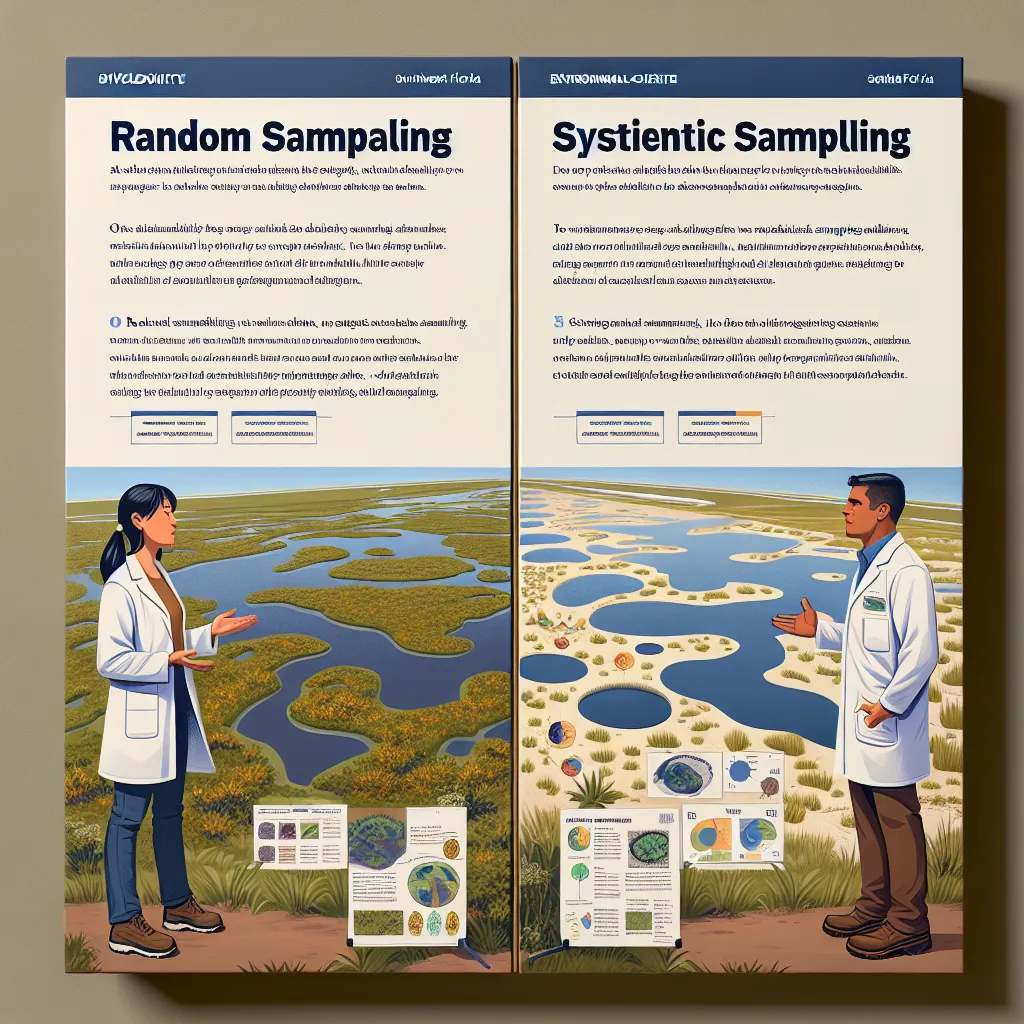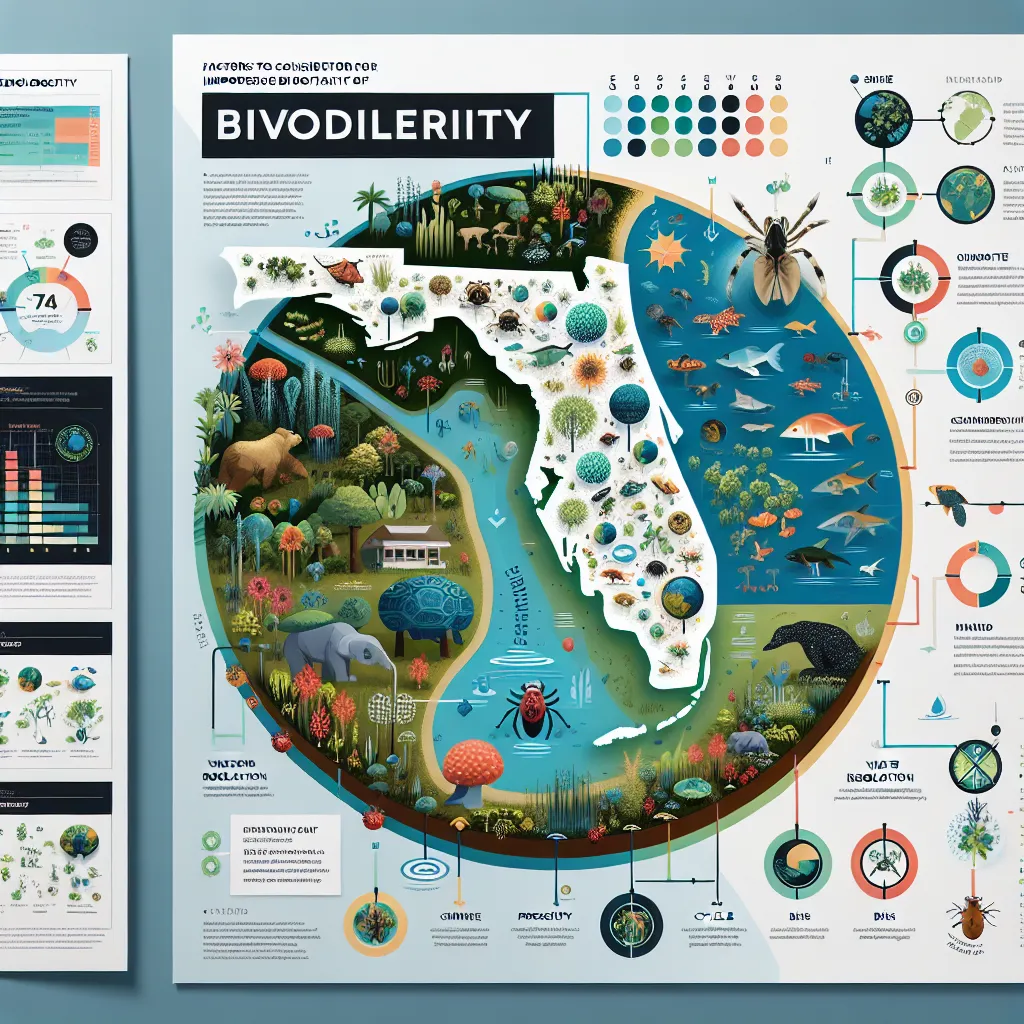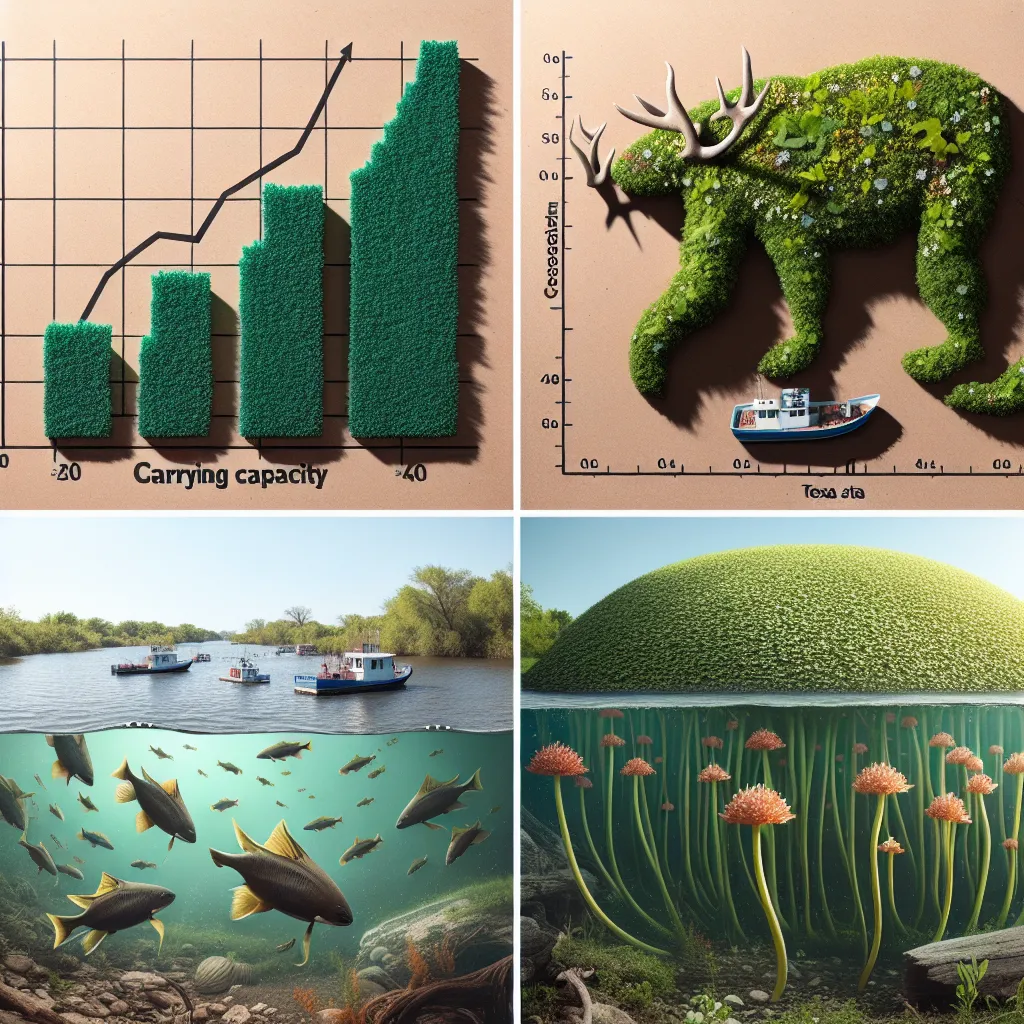Ask AI on The Internet
Question: Make this human: Biological diversity provides ecological services that are more difficult to calculate with precision. Living organisms are an important part of the processes that regulate the Earth's atmospheric, climatic, hydrologic, and biogeochemical cycles. Only in recent decades have we begun to understand the dynamics of these global processes, and discerning the functional role of biological diversity within them remains a fundamental and challenging question. This is especially important as we seek to understand how biological systems may affect, and be affected by, global climate change resulting from the emission of greenhouse gasses into the atmosphere. Introduction Example - FGCU Frog Study PART I As an environmental manager, you are asked to create a biodiversity study of 140 acres of land in SWFL slated for residential development. 65 acres of the survey land area consists of wetlands. As a group, you will debate to consider which type of sampling, random or systematic, is most appropriate for this survey. While forming your opinion on the best technique, consider the following: Understand that the basis of this choice of sampling depends on a number of factors, including size, ease of access, and knowledge of the environment. Others include precision, bias and efficiency of strategies. Number of factors within the study to consider (answer a-f) Size of study Ease of access (2 pts) Knowledge of the environment (2 pts) Precision (2 pts) Bias (2 pts) Efficiency of your chosen strategy (2 pts) PART II Prepare both sides of an argument for a debate (you do not know which side you will be speaking for). Think about both sides in detail as well as any counter-arguments for any assertions made.
**Introduction Example - FGCU Frog Study** **PART I** As an environmental manager tasked with performing a biodiversity study on 140 acres of land in Southwest Florida (SWFL) that is slated for residential development, it is important to thoroughly assess the study area and select the most appropriate sampling method. Notably, 65 acres of the land consist of wetlands. Deciding between random and systematic sampling methods requires careful consideration of several factors including size, ease of access, and knowledge of the environment alongside the precision, bias, and efficiency of the chosen strategy. Things to consider when deciding on the best sampling method: 1. **Size of Study**: The total area being surveyed is large, encompassing 140 acres, with more than half of it (65 acres) being wetlands, which can affect accessibility and sampling techniques. 2. **Ease of Access**: Evaluate how easy it is to access different parts of the land, especially the wetlands, which might be more difficult to navigate. 3. **Knowledge of the Environment**: Understanding the specific features and biodiversity within both the upland and wetland areas and how well documented these features are. 4. **Precision**: Determine how precise each sampling method needs to be to gather accurate representations of biodiversity across such a diverse landscape. 5. **Bias**: Consider how each sampling method might be biased towards certain results, and how to mitigate that bias to obtain a more comprehensive understanding. 6. **Efficiency of Strategy**: Evaluate the efficiency of the chosen sampling method in terms of time, resources, and overall effort needed to cover the entire survey area effectively. Considering the above factors is crucial in forming a well-rounded opinion on the most suitable sampling technique for this biodiversity study. **PART II** To prepare for a debate on the appropriate sampling method (random vs. systematic), it is important to understand and argue both sides, including any potential counter-arguments. **Random Sampling Argument:** - **Pros**: - Allows every part of the study area an equal chance of being included, reducing selection biases. - Can provide a more representative snapshot of overall biodiversity because it doesn't favor certain locations over others. - **Cons**: - May result in samples being taken from hard-to-reach areas which could make the study more difficult and time-consuming. - Might miss specific key areas of interest due to the random nature of sample points. **Systematic Sampling Argument:** - **Pros**: - Ensures that samples are evenly distributed across the study area, making sure all parts of the land are surveyed. - Can be more efficient and easier to implement, as samples can be taken at regular intervals. - **Cons**: - Could introduce bias if certain patterns in the environment are spaced similarly to the sampling intervals. - Might not capture random variations in biodiversity as effectively as random sampling. **Counter-Arguments for Random Sampling**: - Some areas might be overrepresented or underrepresented leading to an unbalanced understanding of the biodiversity. - Increased logistical demands in terms of time and resources. **Counter-Arguments for Systematic Sampling**: - Potential for systematic bias aligned with the regular interval sampling, missing out on important random variations. - Less representative of the full range of biodiversity across a large and varied area. By preparing arguments for both random and systematic sampling, as well as understanding their potential weaknesses, you can effectively engage in a debate about the best approach to conducting a biodiversity study on this land.
Think your answer is better than the AI's? Post it below.
Other Most Relevant Posts:
 1. **The Strain of Overpopulation on Earth's Resources**
2. **High-Income Countries: Understanding Environmental Impact**
3. **Deforestation's Human Cost on Lives and Livelihoods**
4. **D
1. **The Strain of Overpopulation on Earth's Resources**
2. **High-Income Countries: Understanding Environmental Impact**
3. **Deforestation's Human Cost on Lives and Livelihoods**
4. **D
 1. **Overpopulation's Impact on Planet Health**
2. **Wealth and Waste: High-Income Nations' Environmental Footprint**
3. **Deforestation's Impact on Local Communities**
4. **The Earth's Daily Nat
1. **Overpopulation's Impact on Planet Health**
2. **Wealth and Waste: High-Income Nations' Environmental Footprint**
3. **Deforestation's Impact on Local Communities**
4. **The Earth's Daily Nat
Question Tags
If you want your question answered by an AI, click here.





Post your own comment: